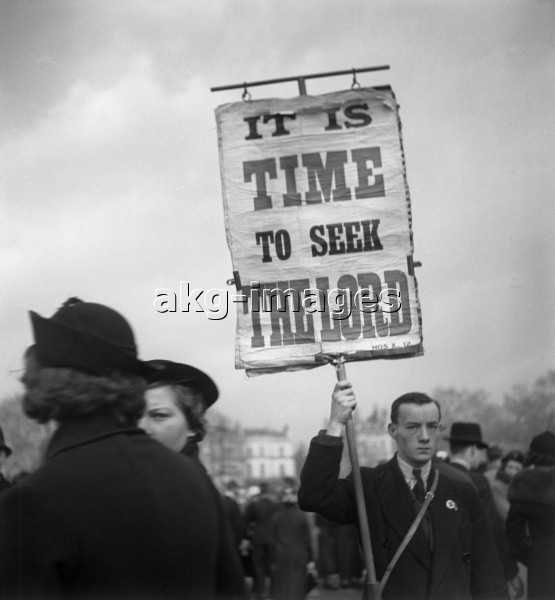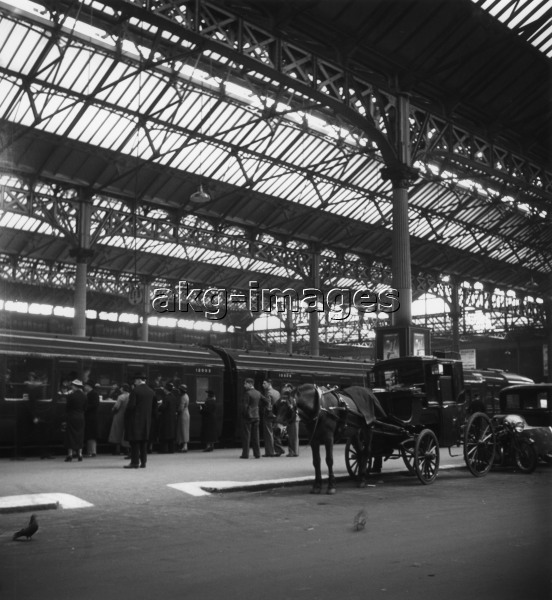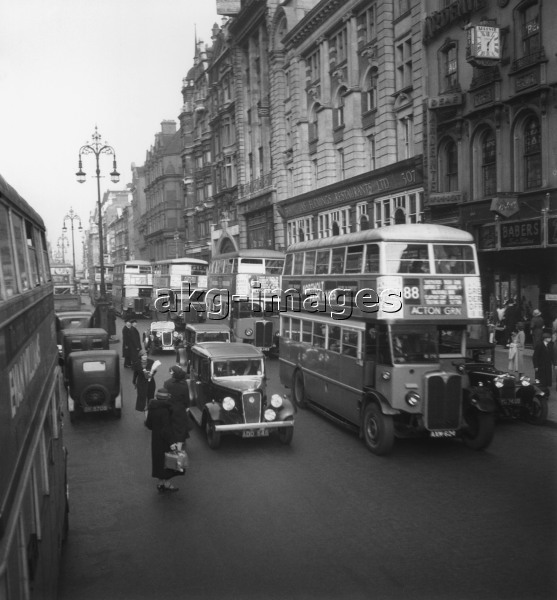I belong to London, and London belongs to me

My summer holiday suitcase usually contains: shorts, t-shirts, a beach towel, the highest-factor sun cream I can find… and a tower of books to read. I have yet to succumb to an e-reader, so a lot of my time packing for summer involves carefully wrapping five or six novels in towels. Even if I am taking books to read on the beach, I am damned if I am going to let them get dog ears or broken spines.
It makes me wince to admit it but, with books, I know what I like but I usually have no way of expressing why I like it. I am not a natural reviewer of books. This is something I realised during university, thankfully early enough to ditch plans to study 18th- and 19th-century German and Italian literature and swap over to History of Art, which, given my subsequent career path, was a wise decision.
This year’s reads were a mixed bag: a Booker nominee, a Japanese crime thriller, some H.G. Wells short stories, but the stand-out read was a book about which I knew nothing and which I had bought for one (admittedly shallow) reason: it was set in a boarding house just around the corner from where I live in South London.
The book was Norman Collins’ London Belongs to Me, first published in 1945 and reissued in 2009 as a Penguin Modern Classic. About halfway through its 738 pages, I realised that – as long as Collins didn’t spectacularly mess up the next three hundred pages – this was likely to be the best novel I had ever read. In the Penguin introduction the book is almost apologetically referred to as a B novel. Well, I reasoned, there are plenty of 30s and 40s B movies I love, so I wasn’t going to let that sway my judgement!
London Belongs to Me (published in the US as Dulcimer Street) follows the lives of the inhabitants of one boarding house in Kennington from 1938 through to 1940. It covers an incredible range of plots: from murder to spiritualism and from the health and safety dangers of tinned salmon to the immediate effects of the Second World War. Although there are plenty of modern authors drawing on the drama of World War Two to excellent effect – Sarah Waters’ recent Night Watch springs to mind as a fantastic novel about Londoners surviving against Hitler – there is something incredibly immediate and honest about books set around the Second World War written during or immediately afterwards. (Ute has already written about the success of Hans Fallada’s Alone in Berlin and there were plenty of people reading Suite Française on my morning commute a couple of years ago.)
Although I was reading the book on the beach, there were lots of little local thrills (“ooh, he’s on the number 3 bus – that’s my bus”; “wow, she’s just mentioned Oval station, that’s my tube station”). I was reminded of the office and of images we have in the archive of London in the 1930s, particularly those by the French photographer Walter Limot. In the novel , I was thrilled by the references to streets and landmarks that I pass every day, yet on paper they seemed strangely distant and different; in Limot’s photographs you see Hyde Park Corner, Westminster Abbey and the number 88 bus (another one of my buses). Again they’re familiar but oddly exotic.
Even if you don’t live on the number 3 bus route – and I am sorry if you don’t, it’s a particularly good route and a good one on which to take tourists – I would strongly recommend London Belongs to Me. I can’t tell you why I liked it, but even without the thrill of recognising locations I would have still ended the book in much the same way, trying to hide the fact that I was in tears at the fictional lives of Londoners some seventy years ago whilst sitting on a beach in Turkey.




